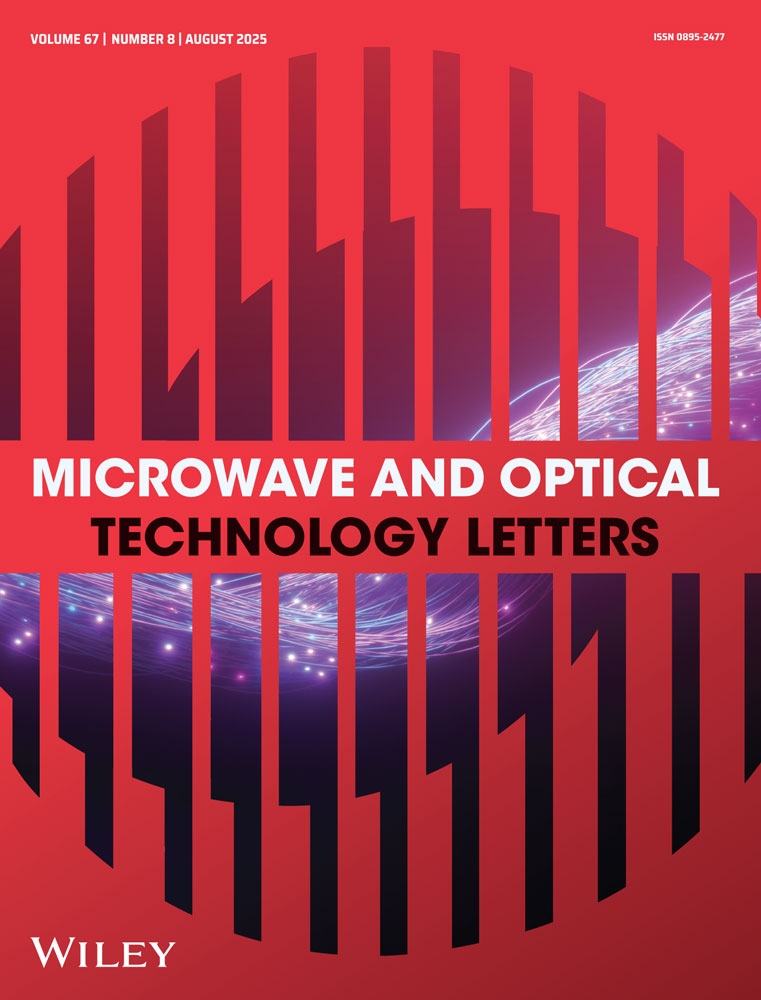On the performance of dichroic mirrors with hexagonal holes
Abstract
This article presents an innovative design of a 45°-incidence S/X/Ka-band inductive dichroic mirror, intended for the upgrade of a ground station antenna of the European Space Agency supporting deep-space missions. The dichroic mirror consists of a thick metal plate perforated periodically with hexagonal holes. The use of hexagonal shapes allows for tightly packing the holes and provides a large number of degrees of freedom. This permits to improve the electrical performance of the dichroic mirror and to increase its mechanical stiffness. To highlight the advantages of this shape, first we report the simulated and measured performance of a dichroic mirror with rectangular holes, with the aim of validating the analysis tool and of providing a comparison for the new design. Afterward, we discuss the design of the new dichroic mirror based on hexagonal holes, and systematically compare the performance obtained in the two cases, namely with rectangular and hexagonal holes. It is shown that the use of the new dichroic mirror with hexagonal holes permits to preserve the radiation pattern of the feed horn and does not significantly increase the cross-polar level. © 2006 Wiley Periodicals, Inc. Microwave Opt Technol Lett 48: 1858–1862, 2006; Published online in Wiley InterScience (www.interscience.wiley.com). DOI 10.1002/mop.21767




